If one of your peak life experiences occurred the first time you walked into a Sephora, then I expect that you too have some resistance when it comes to worrying about the ingredients of all those incredibly appealing cosmetics. It’s hard to accept the harm in something packaged so beautifully and intended to make us feel beautiful, too. I just recently wrapped my head around the necessity of eating foods that are real, less processed, and natural, and now I have to start reading the labels on my beloved make-up as well?! So frustrating, isn’t it? And worrisome, too – that we have so many concerns about products that we use on a daily basis. But there’s no denying that healthy and natural cosmetics are important for our health, and the world around us. Clearly, we do need to know the makeup of our make-up.
Where to start? Today’s post is Project Motherhood’s primer as to what the term “natural cosmetics” actually means, how to read the labels, and why there is a push to use them.
Natural Cosmetics 101
Let’s start with our skin. We complain a lot about our skin. Too dry, too oily, too fair, too much acne. But skin is actually an amazing organ, the largest in our body. It simultaneously protects the interior of our body from outside threats, while also absorbing things into it. Next time you mindlessly slather on body lotion, think about one of those patches that are now being used to transport needed medication into a person’s body. Yes. The products you put on your skin are absorbed, so it behooves us to know the makeup of our make-up and what we are actually absorbing.
Labeling. The terms ‘natural’ and ‘organic’ are not strictly defined by the FDA, and in fact are among the least regulated products sold today. In the US, a manufacturer pretty much has a carte blanche to say whatever they please on the label. Scary, right?
Simply stated, natural cosmetics should mean using ingredients that are found in the world of nature…plants, animals, minerals. And synthetic is loosely defined as compounds formed by chemists in a laboratory, rearranging natural compounds for purposes of better absorption, smoother application, cheaper manufacturing, whatever.
But here’s the rub: chemicals are not always bad and have made some wonderful advances for us, ie. sunscreen; and natural isn’t always good since there are some natural substances that are allergens or even poisons –ie. lead or mercury. Most cosmetics today have both synthetic and natural substances, but there is a push to the natural, and there are good reasons for that, given the state of our planet.
For consumers, it’s a matter of finding truly beneficial products that are naturally healthy and that we have some sense of security about what we buy. But how?
Unfortunately, something labeled natural or organic does not have to mean that the entire product is natural or organic. It may contain a few natural botanical ingredients, but may also be filled with ingredients grown with fertilizers, GMO’s, hormones, or include petroleum-based synthetics or known carcinogens. This is a subject that entire academic research papers could be written about. But we need some simpler guidelines to guide us through this maze, so read on.
The Ingredients. Just like with food, the most predominant ingredients on your make-up bottle are listed first, and then in descending order. Many cosmetics begin with water as the first ingredient. Yes, that jar of incredibly expensive moisturizer is largely water. But that is not our real concern because water is good and necessary; it’s the ingredients that follow you want to watch. Like with food labels, look for words you can actually recognize…cucumber, almonds, aloe vera, green tea, coconut oil.
As for dyes and fragrances, they can be created in a laboratory, or they can be found in nature…red berries for lipstick coloring, rose water as toner, lilies and freesia for fragrance, etc. But some ingredients that sound like chemicals are actually safe, such as tocopherol, lanolin, titanium dioxide, or zinc oxide. It kind of makes your head spin. One rule of thumb is that the more ingredients listed, the more likely it’s a very processed product and to be avoided.
No-No’s. Here’s a list of some ingredients you don’t want and in which products you should be watching out for them:
- Preservatives, such as parabens, found in many products
- Phylates in both nail polish and hair spray
- Mercury, often found in mascara
- Lead, especially in lipsticks
- Petrochemicals in balms, skin creams, foundation, moisturizers
- Dioxane, often found in body wash or shampoo
Among natural ingredients that can be very beneficial to some, but may cause allergic reactions in others, are: chamomile, jasmine, tea tree oil, lavender, goat’s milk, and feverfew.
Seals of Approval. Natural Products Association (NPA) began approving natural make-up in 2009. For organics, there are both the Natural Organic Program (NOP) run but not regulated by the US Department of Agriculture, and OASIS (Organic and Sustainable Industry Standards) established by the cosmetics industry. Especially helpful is the BDIH Standard, since the European rules are more stringent than ours, and they also consider whether ingredients are sustainable, renewable, and biodegradable with a lower ecological impact. These are excellent resources for continuing information on this important subject.
The web is a girl’s best friend. Fortunately, the internet provides us with access to information as never before. We KNOW how to do this…we read the websites of the products we are considering, we read reviews by consumers who have tried these products, and we check out the blogs we trust along with the websites listed above for tips on finding good quality natural cosmetics.
In spite of this somewhat cautionary article, there are some amazing natural products being developed through thorough research and sustainable healthy values that are available to us today. Some of the many luscious examples are Younique, Tarte, and our latest obsession – One I Love Shop.
If you really want to feel better about all of this, check out the information on One I Love Shops’ amazing website and their beautiful bath and body products. When you buy products like these, you will feel like you have a handle on the makeup of your make-up.
Beauty is something that matters to us. By acting through our wallets we can have our say in the world of high quality and healthy cosmetics, so let’s support the companies producing products we can trust.
The Giveaway
We have partnered with the awesome One I Love Shop, a company built with love by founder Katherine Brown, an anti-GMO advocate who hand picks her products from the finest organic, fair trade, conscious sources and curates them for her loyal customers. We are giving away:
The giveaway starts today and our winner will be chosen on Friday February 6th…good luck!
a Rafflecopter giveaway
Disclosure: You must be 18 years of age to enter and reside in the United States. Prizes will be shipped to the contest winner from each participating company. By entering this giveaway, you are automatically subscribed to the Project Motherhood newsletter.

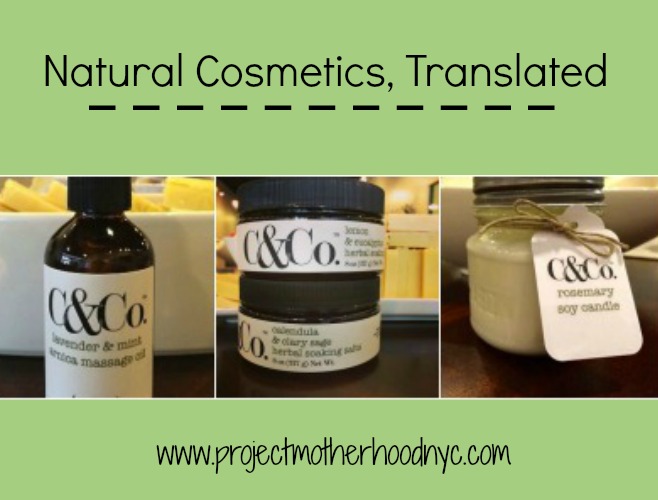

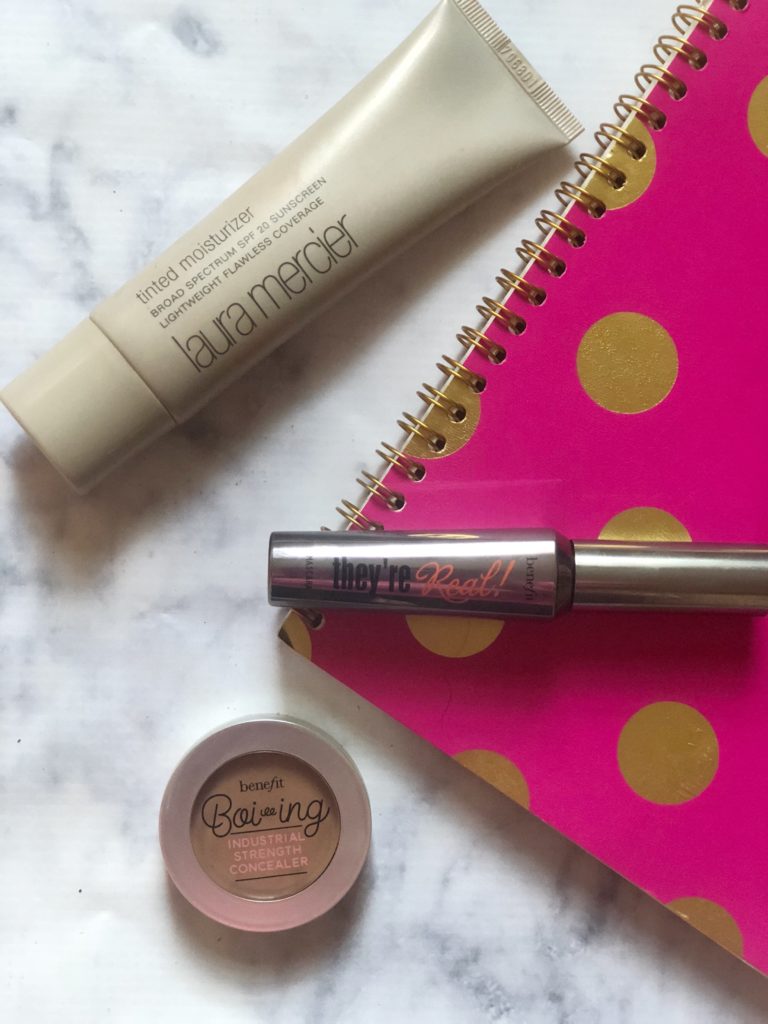
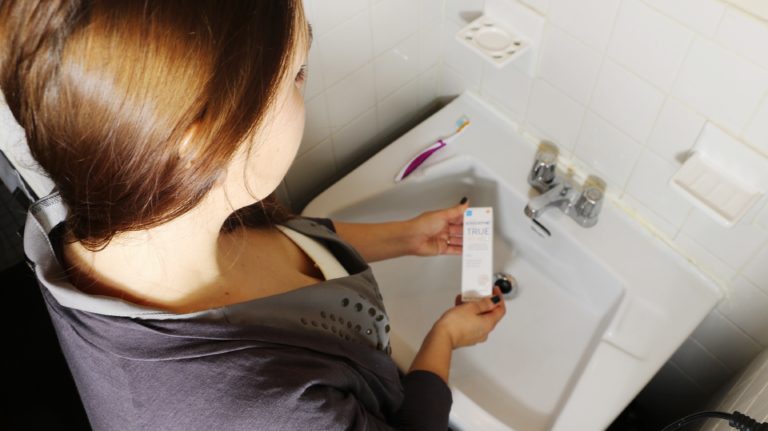
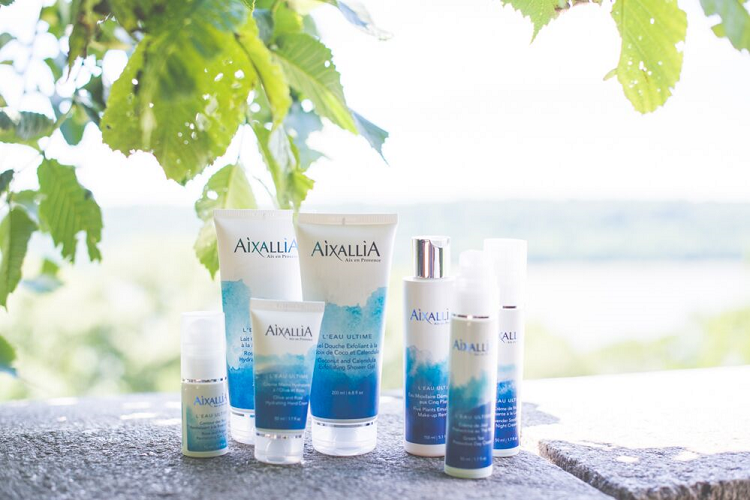

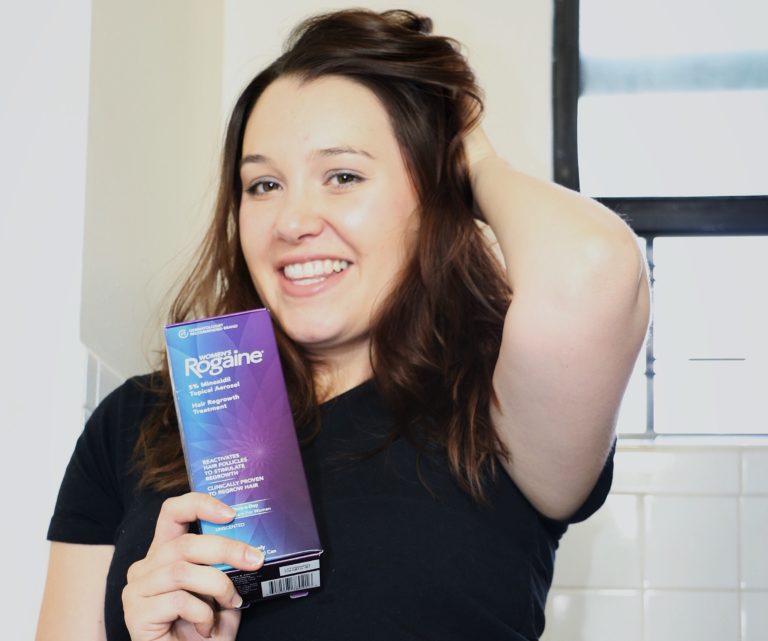
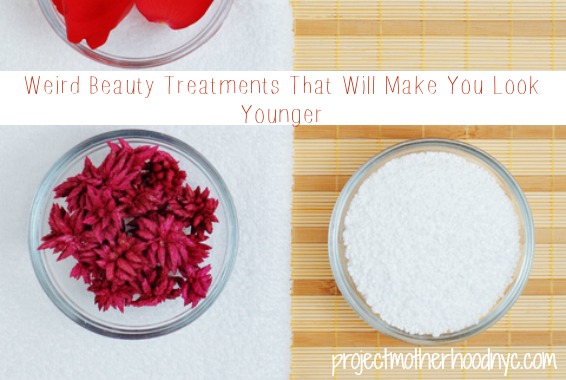
Thanks for this very informative article. I think it’s time to take a look at my cosmetics and make some needed changes. It’s actually exciting to think there’s a simple way to make big improvements by using better products–better for one’s health and the environment. Yay!!
Yes! Such an important topic. So glad to be of help.
<3 Deborah
Congrats to Christie K for winning the giveaway of One I Love! Wear in good health and feel beautiful!
Deborah